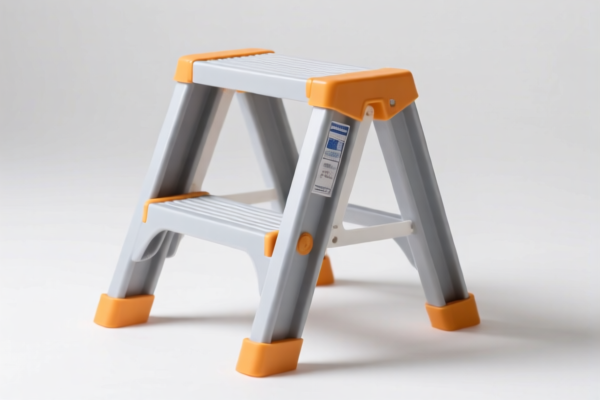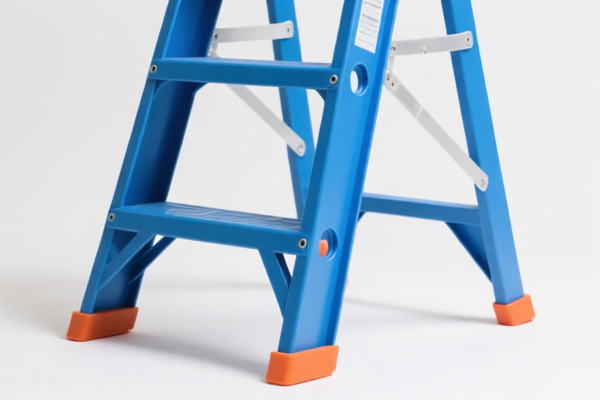| HS Code | Official Doc | Tariff Rate | Origin | Destination | Effective Date |
|---|---|---|---|---|---|
| 9604000000 | Doc | 42.4% | CN | US | 2025-05-12 |
| 4823901000 | Doc | 55.0% | CN | US | 2025-05-12 |
| 4823907000 | Doc | 55.0% | CN | US | 2025-05-12 |
| 4821102000 | Doc | 55.0% | CN | US | 2025-05-12 |
| 4821104000 | Doc | 55.0% | CN | US | 2025-05-12 |
| 4911911000 | Doc | 37.5% | CN | US | 2025-05-12 |
| 4911911500 | Doc | 37.5% | CN | US | 2025-05-12 |
| 4908100000 | Doc | 37.5% | CN | US | 2025-05-12 |
| 4908900000 | Doc | 37.5% | CN | US | 2025-05-12 |




A color palette is a set of colors that have been chosen for use in a particular design or artwork. It serves as a foundational element in visual communication, influencing mood, aesthetics, and overall impact.
Material
Traditionally, color palettes were physical, consisting of paints, dyes, or pigments arranged for artists. Modern palettes are overwhelmingly digital, existing as collections of hexadecimal color codes, RGB values, or within software applications. The "material" is thus often software-defined.
Purpose
The primary purpose of a color palette is to create visual harmony and consistency within a design. A well-chosen palette:
- Establishes a Mood: Colors evoke emotions and associations (e.g., blues for calmness, reds for energy).
- Reinforces Branding: Consistent color use strengthens brand recognition.
- Guides Visual Hierarchy: Colors can draw attention to important elements.
- Enhances Usability: Color contrast impacts readability and accessibility.
- Creates Aesthetic Appeal: A pleasing palette improves the overall look and feel of a design.
Function
A color palette functions by providing a limited range of colors to work with. This constraint encourages intentional color choices and prevents visual chaos. Key aspects of a palette's function include:
- Color Relationships: Palettes often utilize established color theories (see "Common Types" below).
- Accessibility Considerations: Effective palettes ensure sufficient contrast for users with visual impairments.
- Color Harmony: Palettes aim for combinations that are pleasing to the eye.
Usage Scenarios
Color palettes are used across a wide range of disciplines:
- Graphic Design: Logos, brochures, websites, marketing materials.
- Web Design: User interface (UI) design, website themes.
- Interior Design: Room decor, furniture selection.
- Fashion Design: Clothing, accessories.
- Painting & Illustration: Fine art, digital artwork.
- Data Visualization: Charts, graphs, maps.
- Film & Photography: Color grading, set design.
Common Types
Several established color schemes form the basis of many palettes:
- Monochromatic: Variations of a single hue (e.g., different shades of blue). Creates a cohesive and calming effect.
- Analogous: Colors adjacent to each other on the color wheel (e.g., blue, blue-green, green). Provides a harmonious and natural look.
- Complementary: Colors opposite each other on the color wheel (e.g., red and green). Creates high contrast and visual excitement.
- Split-Complementary: A base color plus two colors adjacent to its complement. Offers contrast with more nuance.
- Triadic: Three colors evenly spaced on the color wheel. Provides a vibrant and balanced palette.
- Tetradic (Square): Four colors evenly spaced on the color wheel. Offers a rich and complex palette, requiring careful balancing.
- Neutral: Uses shades of gray, beige, and white, often with an accent color. Creates a sophisticated and understated look.
Based on the provided reference material, the following HS codes may be relevant to “color palette”:
- 4911911000: Other printed matter, including printed pictures and photographs: Other: Pictures, designs and photographs: Printed over 20 years at time of importation. This code applies to printed pictures and designs, which could include color palettes if they are printed and over 20 years old at the time of import.
- 4911911500: Other printed matter, including printed pictures and photographs: Other: Pictures, designs and photographs: Printed not over 20 years at time of importation: Suitable for use in the production of articles of heading 4901. This code also applies to printed pictures and designs, specifically color palettes, if they are printed and not over 20 years old at the time of import and are suitable for use in the production of articles of heading 4901.
Explanation of HS Code Structure:
- 49: Chapter 49 covers Printed Books, Newspapers, Pictures and other products of the printing industry; manuscripts, typescripts and plans.
- 4911: Heading 4911 specifically covers Other printed matter, including printed pictures and photographs.
- 491191: Subheading 491191 further specifies Other.
- 49119110/49119115: These further define the type of pictures, designs and photographs based on the time of importation and intended use.
According to the provided reference material, the HS code options related to 'color palette' are limited, with only the following 2 found.
Customer Reviews
No reviews yet.